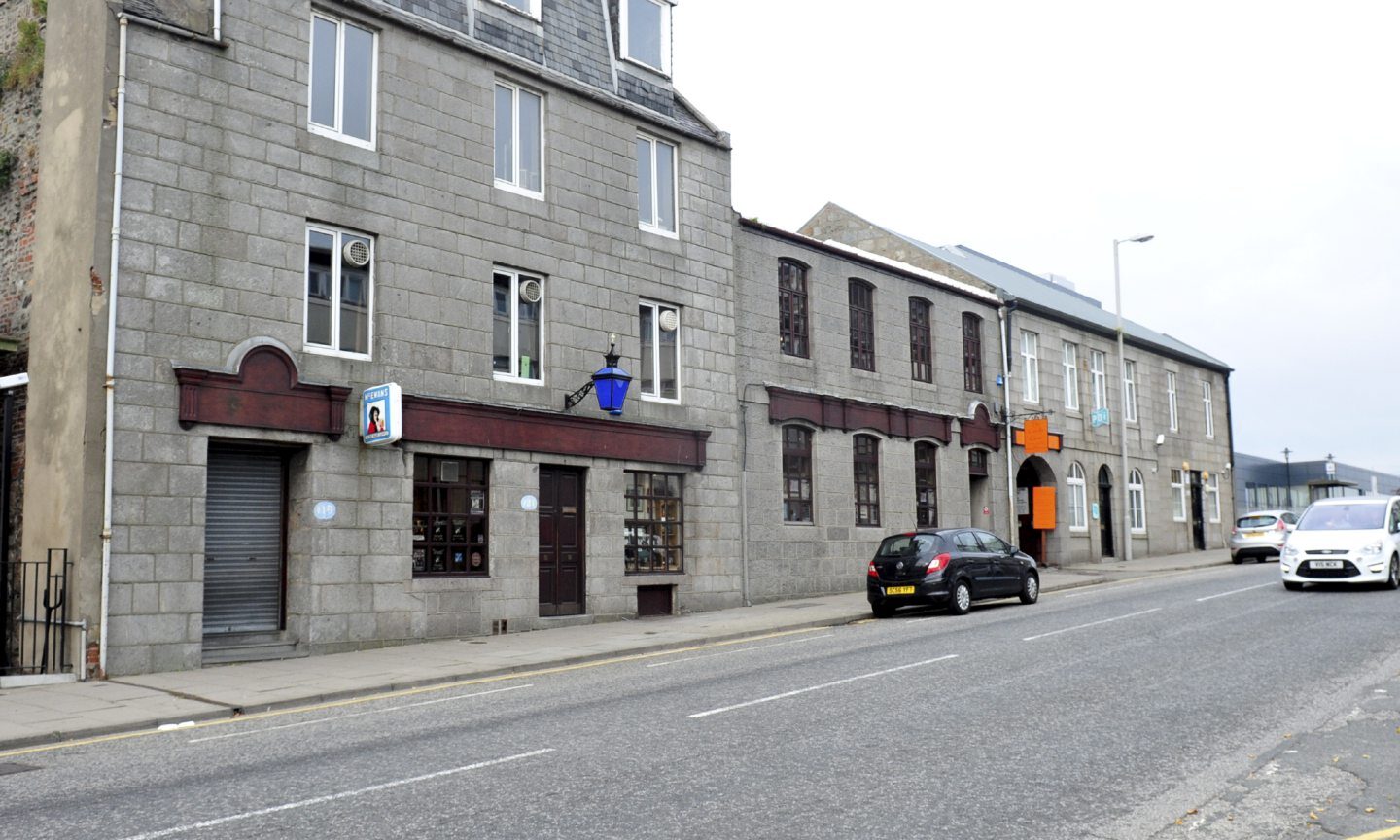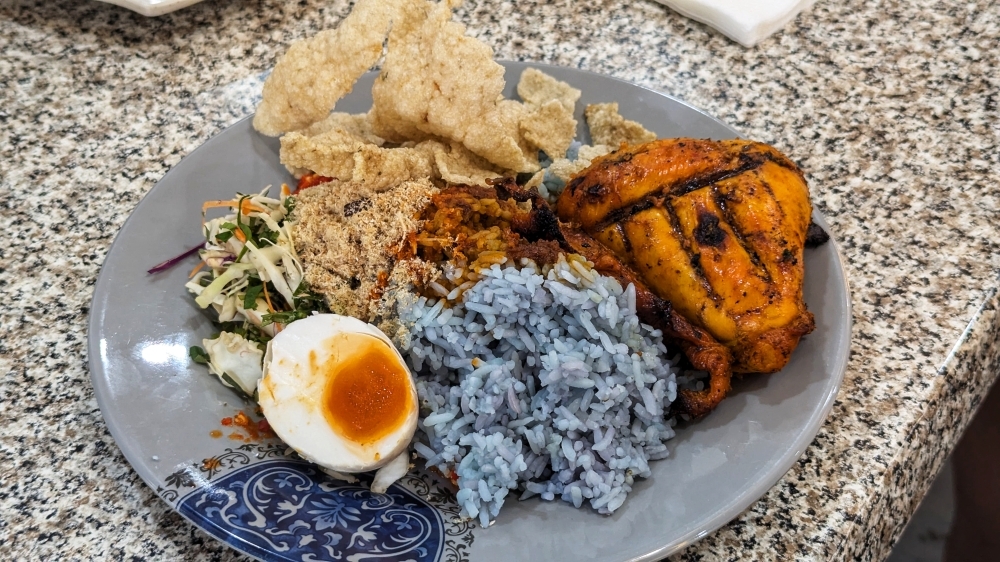St George's Church: A national heritage that remains a living church in George Town today
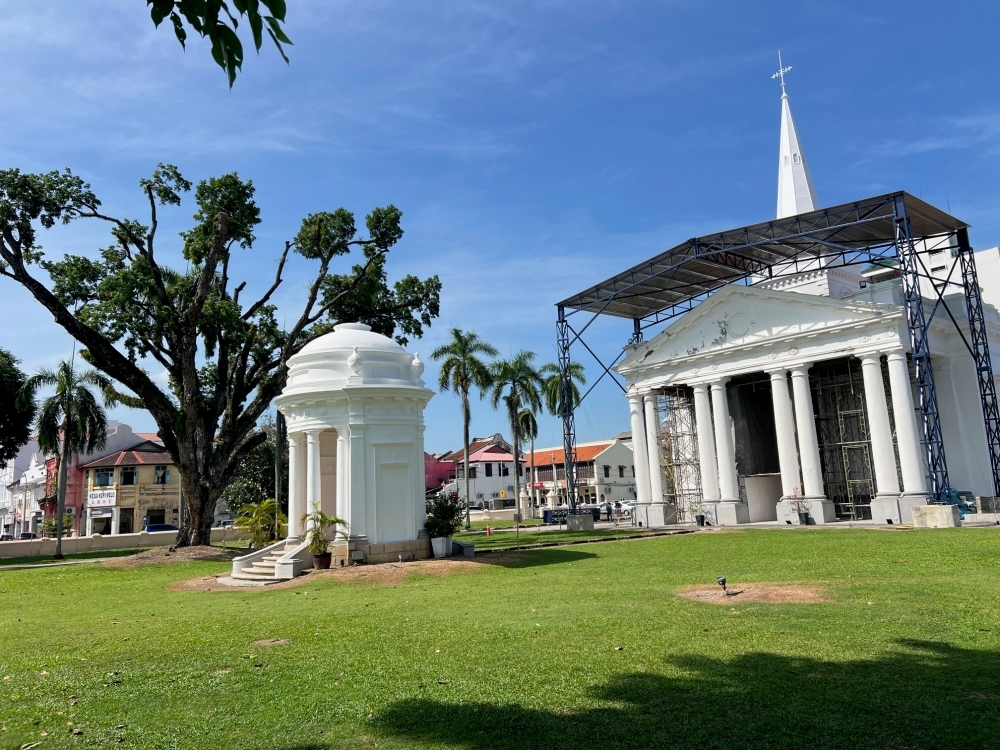
GEORGE TOWN, July 1 — Standing proud on the corner of Farquhar Street and Jalan Masjid Kapitan Keling, St George’s Church has always attracted visitors because of its majestic architecture featuring tall Doric columns and a steeple with a spire rising from the roof.
Built in 1818 and consecrated by the Bishop of Calcutta Reverend Thomas Middleton on May 11, 1819, the church is the oldest Anglican Church in South-east Asia.
Declared a national heritage by Jabatan Warisan Negara in 2007, the church has undergone multiple restorations over the years with two major ones, once after it was bombed during World War II and again, between 2010 and 2012.
Standing in front of the church is a classical-style domed pavilion, built in the style of a Greek temple. It is a memorial built for Francis Light who established Penang as a port settlement for the East India Company in 1786.
The pavilion was built in 1824, the same year that a tombstone was placed on Light’s previously unmarked grave in the Protestant Cemetery on Northam Road. Light died on October 21, 1794.
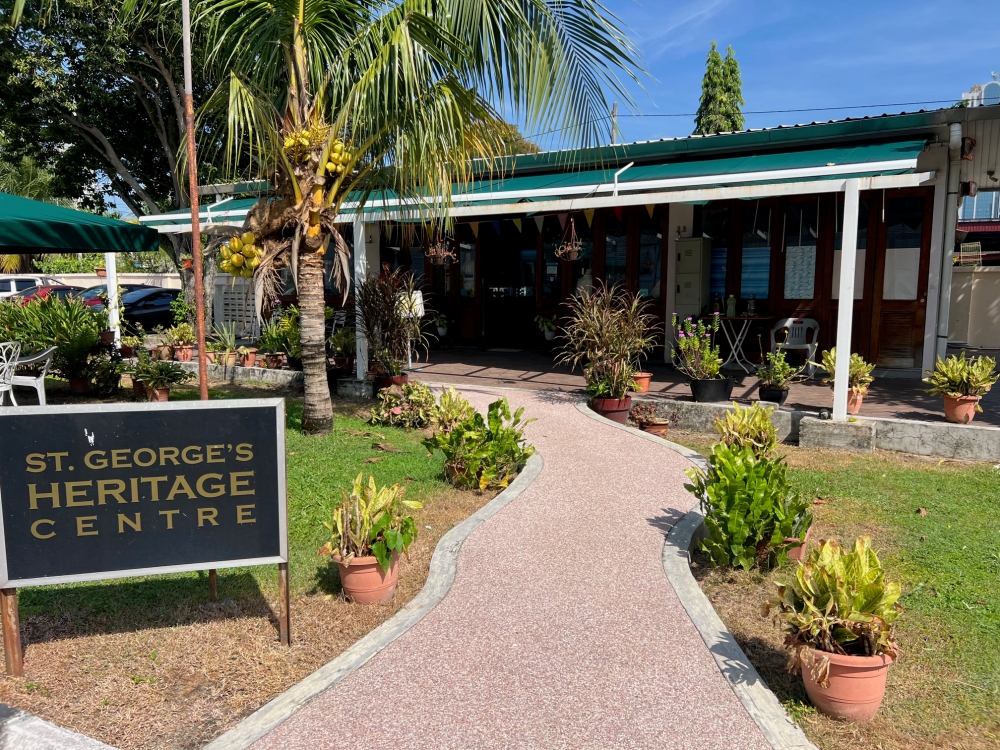
Next to the pavilion is a large mahogany tree believed to be planted in 1885 and still standing tall and strong today.
The church is typically open to visitors daily and it has a heritage centre for visitors to learn more about its history.
However, due to vibrations from heavy vehicles using the road daily, cracks appeared on the grand front portico of the church and it is now under restoration.
Church guide Petra Oon said visitors can still visit the heritage centre, a small squat building located next to the church, but due to safety reasons, they are not allowed to enter the church.

The heritage centre is open daily from 10am to 12pm except on Sundays.
“This church is a living church, we still have services inside it,” she said.
Uniquely, the church services on Sundays are conducted in four different languages—English, Tamil, Mandarin and Malay.
“We have two English services, one traditional with the holy communion and one contemporary,” she said.
The English and Mandarin services are held in the main church because they have larger congregations, while the Tamil and Malay services take place in the chapel behind the church as they cater to smaller groups.
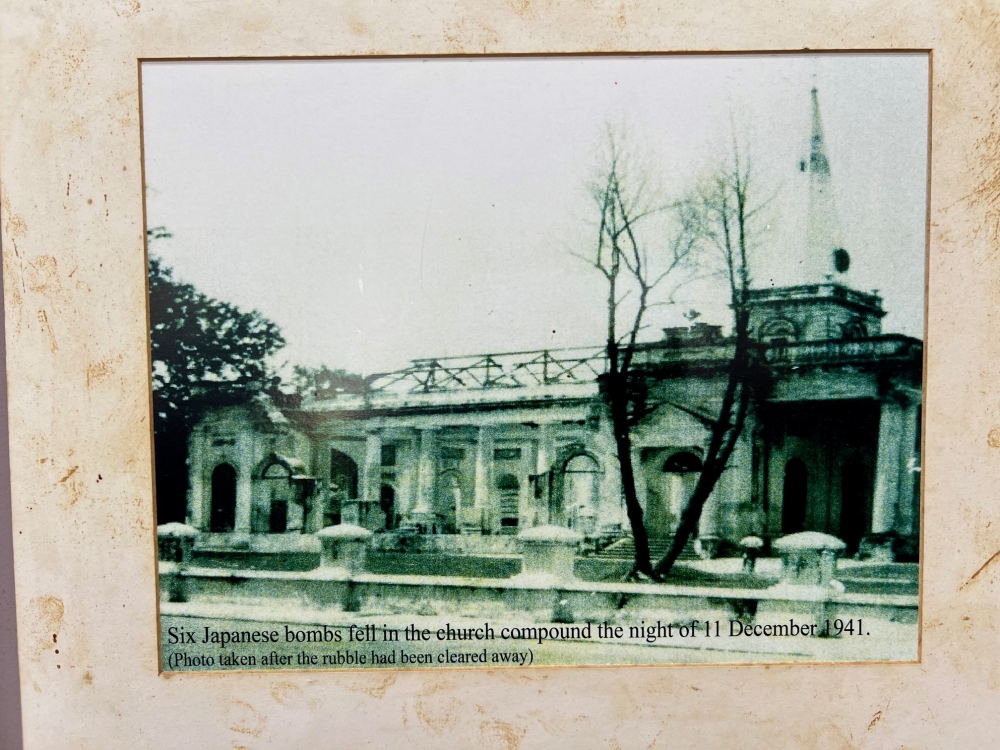
The five services are held at different times on Sundays and are open to anyone to attend.
Oon said the unique architecture of the church, in a Georgian Palladian architectural style with the classical forms of Ancient Greek and Roman temples, was believed to be based on the cathedral of St George’s in Madras (Chennai) in India.
She said the church construction, which cost about 60,000 Spanish dollars at that time, was done by convict labour.
“The convicts left their marks on the front steps of the church and also the steps on the pavilion,” she said.
The marks are barely discernible symbols carved into one of the steps.
Prior to the war, the church had a pipe organ and numerous monuments and tablets along the interior walls but some of these were damaged or looted during the Japanese Occupation in World War II.

“Some of these monuments and tablets were salvaged but the organ was destroyed,” Oon said.
The church was gifted with a new pipe organ in 2017, donated by the family of the late Datuk Tan Kim Yeow.
The organ, built by Mander Organs of London, has 1,050 pipes with an organ case of African teak, a console of English oak and pipe shades of limewood carved with traditional motifs.
Previously, the church had a two-manual pipe organ that was built in 1899 by Forster & Andres in memory of Queen Victoria’s Diamond Jubilee.
The organ was rebuilt in 1939 but a couple years later, the church was hit by a bomb during World War II and after that, the organ was destroyed by looters who had also stripped the church of its furniture, doors, roof tiles and floor slabs.
The St George’s Church, listed as a Category I heritage building, is within the jurisdiction of the area Diocese of the Northern Peninsula of the Anglican Diocese of West Malaysia.
It is one of the eight heritage buildings that will open its doors to visitors under the Historic Building Open House programme during heritage celebrations on July 7.
Oon said volunteer guides will be on hand to bring visitors into the church during the open house from 9am to 3pm via the side entrance as the main entrance is now closed for restoration works.
“The heritage centre will be open from 9am to 5pm on that day so visitors can learn more about the church’s history after the tour,” she said.
[Source: Malay Mail]







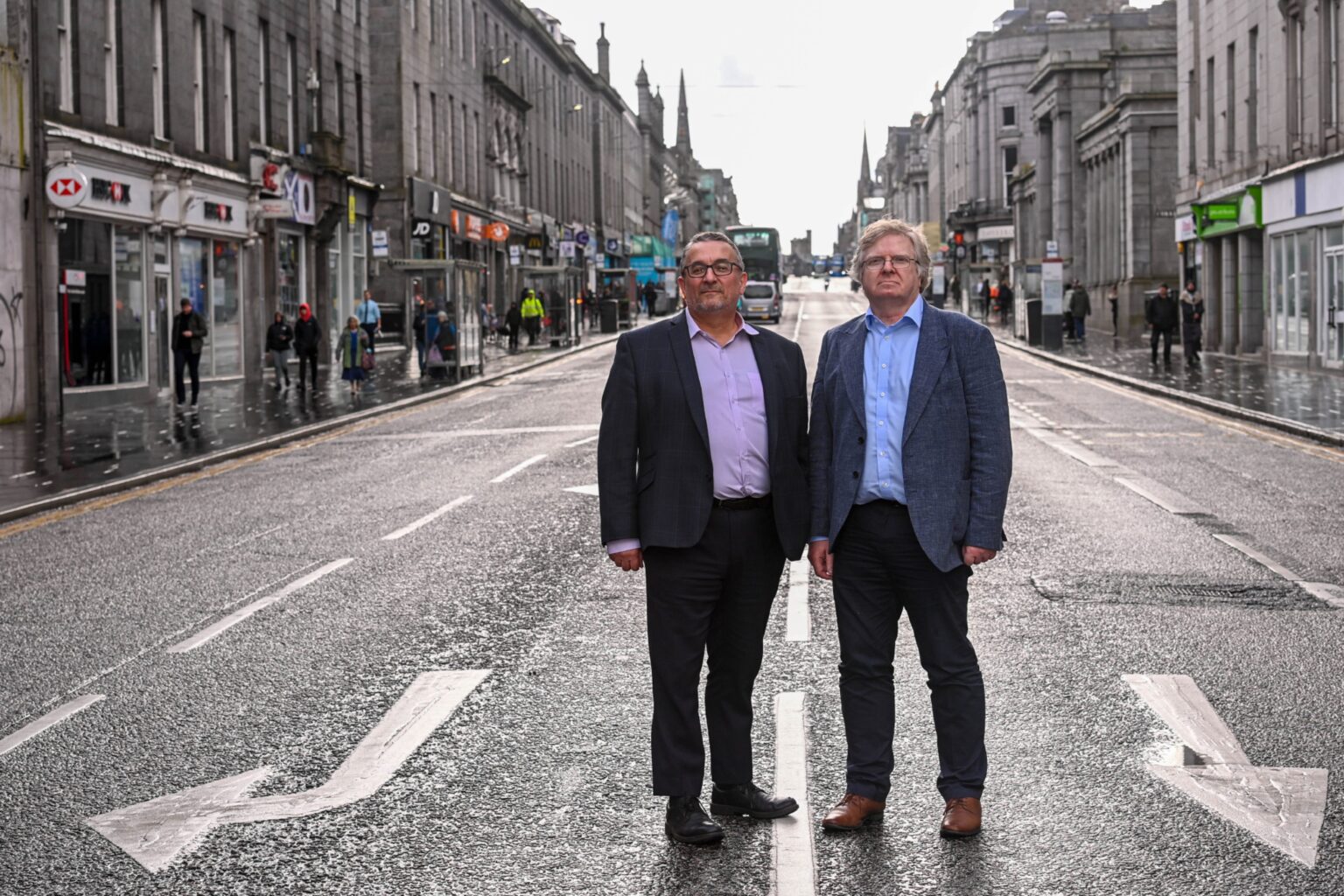









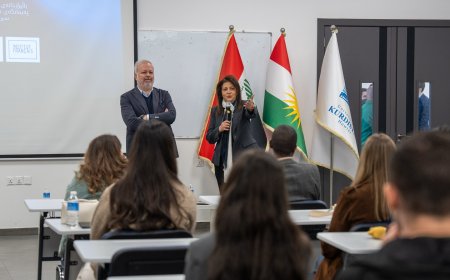

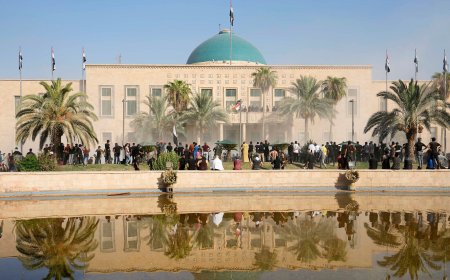
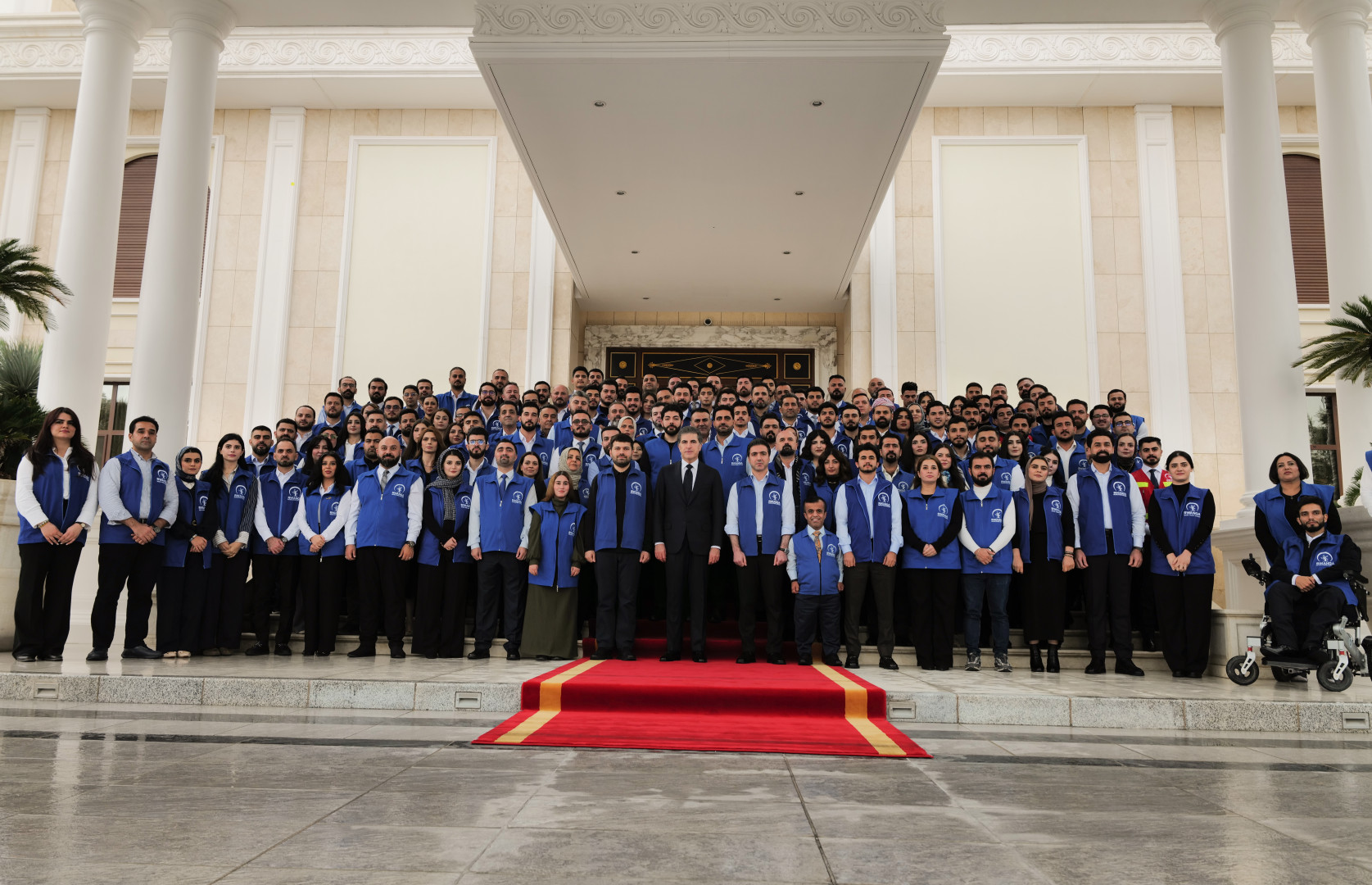

/file/attachments/orphans/20250610_UNEPDecadeonEcosystemRestoration_SouthAfricanThicket_ToddBrown_18_275286.jpg)












